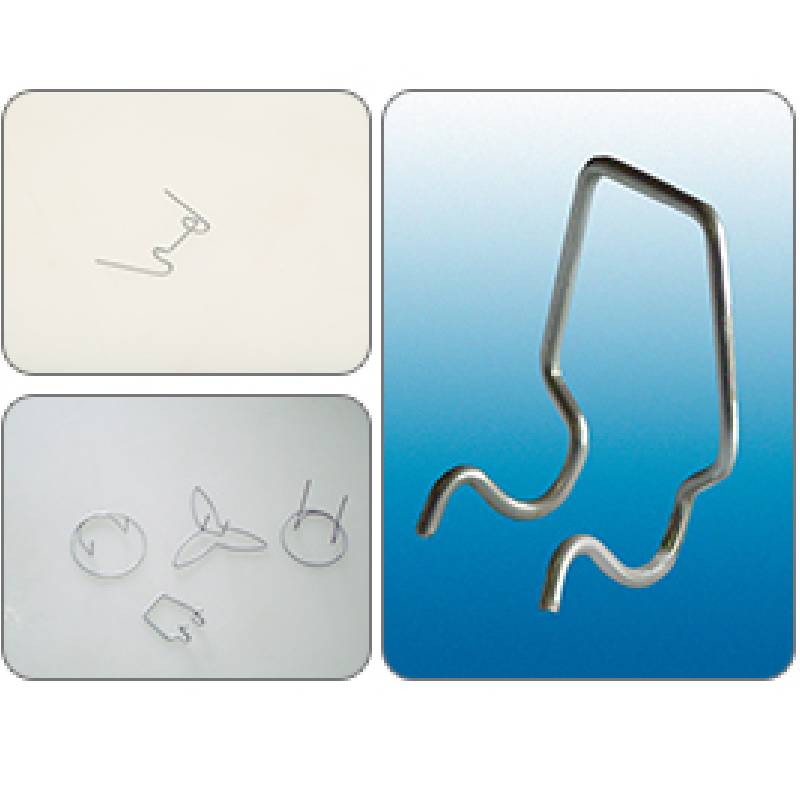
- Mobile Phone
- +8613931874955
- sales@cntcmetal.com
steel to masonry ties
Steel to Masonry Ties Enhancing Structural Integrity and Durability
In the field of construction and architecture, the connection between different materials plays a crucial role in determining the structural integrity and longevity of a building. One common yet often overlooked aspect is the use of ties that connect steel elements to masonry structures. As urban landscapes evolve and the demand for versatile building materials grows, understanding the importance and application of steel to masonry ties becomes essential for engineers and architects alike.
Masonry, known for its durability and aesthetic appeal, primarily consists of materials like brick, stone, and concrete blocks. It has been a preferred choice for building for centuries due to its fire-resistant properties and ability to withstand various weather conditions. However, masonry structures can be vulnerable to tensile forces, leading to cracks or even structural failure if not properly reinforced. This is where steel ties come into play.
Steel ties serve as a critical interface between masonry and steel elements, ensuring that both materials work together efficiently. The primary function of these ties is to resist tensile forces and provide additional stability to masonry walls. By connecting steel frames, beams, or other structural components to masonry units, ties help distribute loads more evenly, thereby enhancing the overall structural integrity of the building.
One of the most significant advantages of steel to masonry ties is their ability to accommodate movement. Buildings naturally undergo shifts due to various factors, including thermal expansion, settling, and external loads. Properly designed steel ties can absorb these movements without compromising the integrity of the masonry, thereby preventing cracks and ensuring longevity. Moreover, as cities become denser and buildings taller, the importance of accommodating these movements becomes even more critical.
When selecting steel for ties, several factors must be taken into consideration. The type of steel, thickness, and finish all impact the performance and durability of the ties. Galvanized steel, for instance, is often chosen for its corrosion resistance, ensuring that the ties will not degrade over time when exposed to the elements. Additionally, engineers must account for the specific loads and stresses that the ties will be subjected to, which requires a deep understanding of both the steel and masonry materials.
steel to masonry ties

Another consideration in the design and installation of steel to masonry ties is the connection method. Various techniques exist for attaching steel ties to masonry, including welded, bolted, and embedded connections. Each method has its own set of advantages and drawbacks, depending on the specific requirements of the project. Proper installation is essential to maximize the effectiveness of the ties, as poorly executed connections can lead to weak points that may compromise the structure's integrity.
In recent years, innovations in engineering and technology have further enhanced the effectiveness of steel to masonry ties. Advanced materials, such as fiber-reinforced polymers and high-strength steel, are being explored for their potential to create even stronger connections. Additionally, computer modeling and simulation tools allow engineers to analyze and optimize the design of these ties more effectively, ensuring robust performance under various conditions.
Sustainability is also a growing concern in the construction industry, prompting the exploration of environmentally friendly materials and practices. The integration of recycled materials in producing steel ties can contribute to reducing the carbon footprint of construction projects. Furthermore, designing ties that facilitate easy disassembly at the end of a building's life can lead to increased recyclability and reduced waste.
Ultimately, the use of steel to masonry ties represents a fundamental aspect of modern construction practices. As architectural designs become more complex and innovative, the significance of these ties will only continue to grow. Understanding their role in enhancing structural integrity, accommodating movement, and increasing durability is essential for professionals in the construction industry. By prioritizing the integration of steel ties into masonry structures, we can ensure the resilience and longevity of our built environment, paving the way for sustainable development in the future.
In conclusion, steel to masonry ties are vital components that facilitate the effective interaction of steel and masonry in construction projects. As we continue to advance in materials science and engineering practices, fostering strong connections between diverse building materials will play a key role in creating safe, durable, and sustainable structures.
share:
-
Your Source for Concrete Wall Ties and Masonry AccessoriesNewsJul.10,2025
-
Unlocking the Power of Iron Wire for Every ProjectNewsJul.10,2025
-
Explore Advanced Chain Wire and Stainless Steel Mesh FencingNewsJul.10,2025
-
Discover the Benefits of Annealed Wire ProductsNewsJul.10,2025
-
Discover China Stainless Steel Wire Mesh SolutionsNewsJul.10,2025
-
Build with Confidence Using High-Performance Masonry AccessoriesNewsJul.10,2025
-
Why Sacrificial Formwork Is Redefining Underground ConstructionNewsJun.06,2025



















